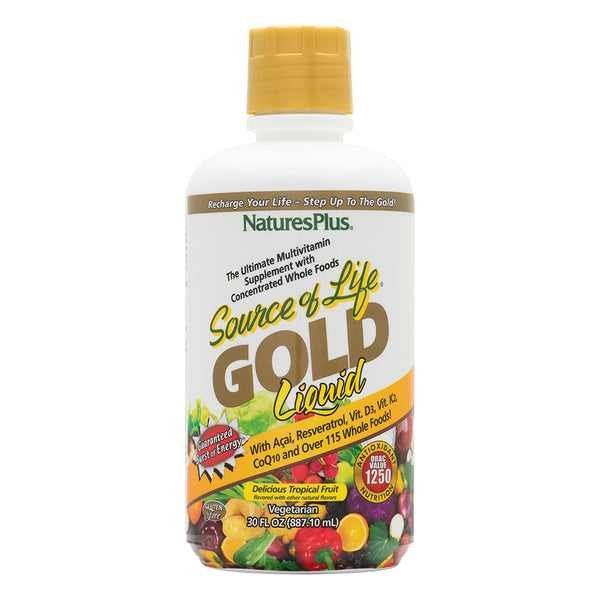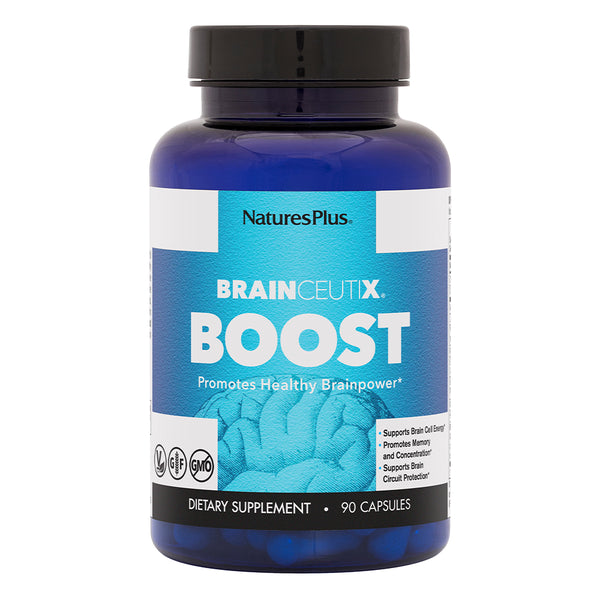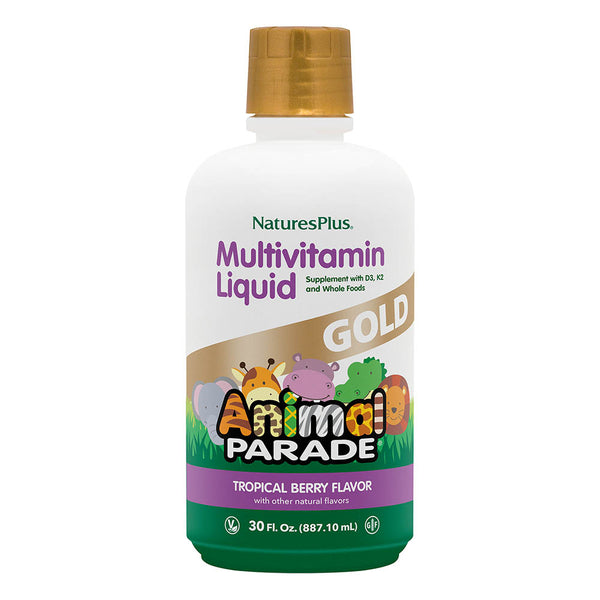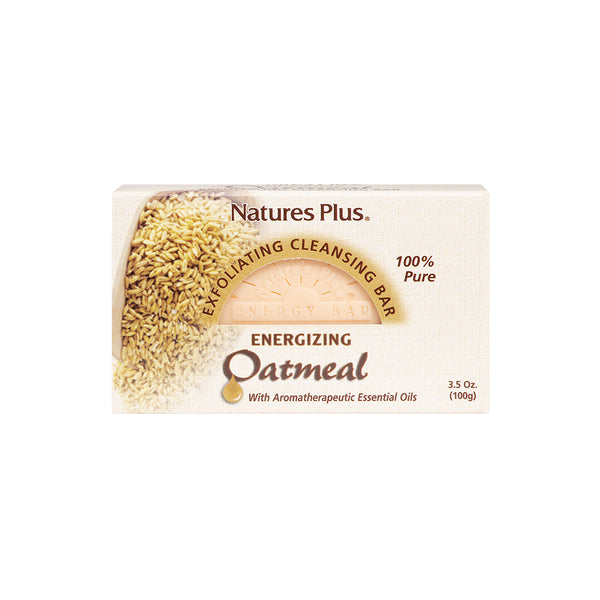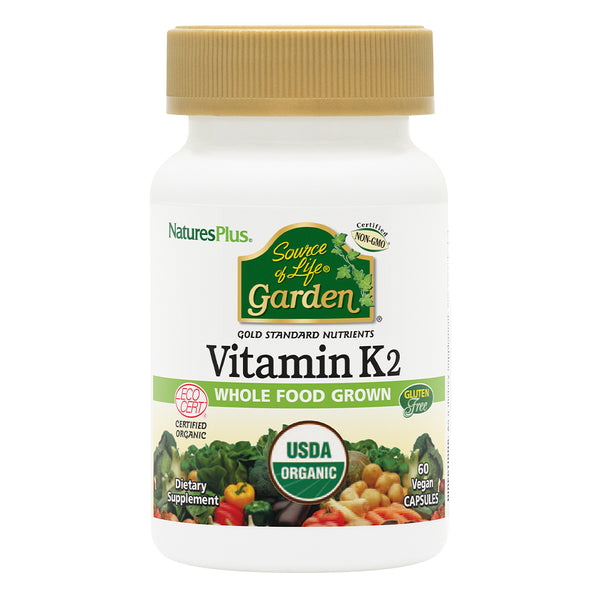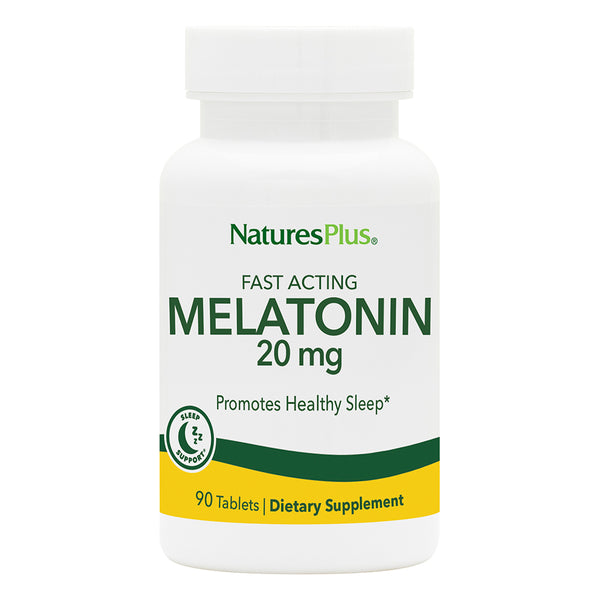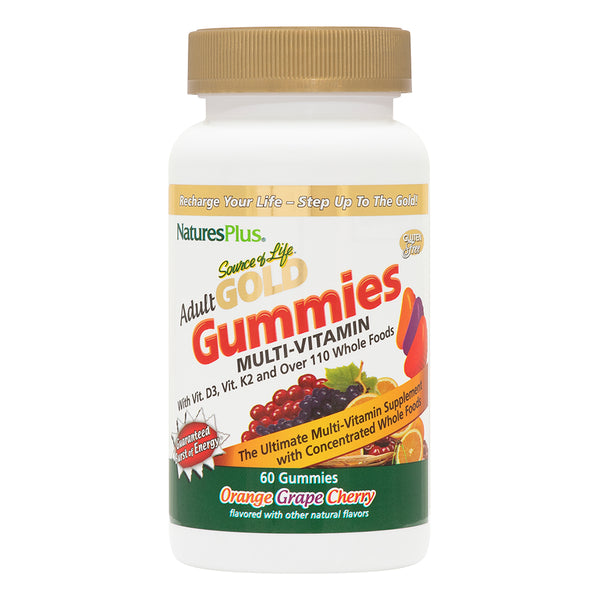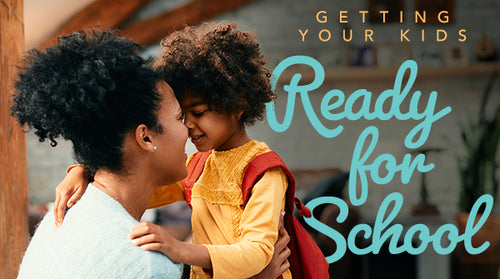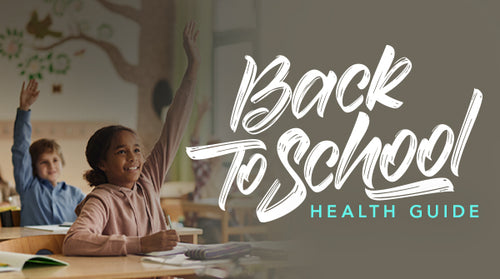Once upon a time, children roamed free: They would go from yard to yard, put together a game of baseball with the neighborhood kids and come back at dinnertime totally wiped out.
Today, this kind of free play has mostly gone out the window. Gone with it is a whole spectrum of growth and development opportunities, from communication skills and physical health to innovation and creativity, all of which play big roles in setting up children for a positive future.
Allowing children to have some control over their time and choose exactly what they want to do with it (away from the screen) is an important part of childhood development, and a factor that most parents overlook in the hustle and bustle of daily life. Here are ways parents can help kids blossom outside of school.
Give Children Alone, Unstructured Time
Sports, music lessons and other activities tend to fill many children's days. What's more, kids can still spend a lot of time on Zoom or social media, or engaging in video games.
But don't forget that just like adults, children need time alone as well (even if they don't always admit it). So get your child out from in front of the screen for a set period each day. Before long, he or she will come up with something to do, whether its an imaginary game, building something or reading a book.
"Social play is important, but when kids play on their own, thats when they develop hobbies and get involved in something that is their passion," explains Peter Gray, PhD, author of Free to Learn (Basic Books). "This is how we create the inventors and the free thinkers."
"If we want to cultivate the next Steve Jobs, we have to give kids the opportunity to experiment and explore in their own world," adds Kathryn Hirsh-Pasek, PhD, co-editor of Play = Learning (Oxford University Press).
And if kids become active outside during their alone time, so much the better. That will not only force them to use their own imaginations, but they will be more likely to do so in a way that promotes greater physical activity.
"The greatest increase in obesity just happens to be in the same decade as organized sports," says Richard Louv, PhD, author of Last Child in the Woods (Algonquin Books). "In organized baseball, for instance, they aren't running that much, and kids spend a lot of time on the bench eating potato chips."
Get Children into the Wild
Louv has coined the term nature deficit disorder, based on research showing that kids are spending less time in nature for various reasons, including the fact that, according a UN study, more than 50% of the world's population lives in urban areas.
"This expanding body of scientific evidence is showing that nature is important and helpful for physical and mental health, such as cognitive function and creativity," Louv says.
But how does it work? According to Louv, immersion in nature not only has a calming effect but also allows people to use different part of their brains.
"When we are looking at computers, we are using directed attention," Louv says. "The best antidote to balance this out is to use a different kind of attention, which is the fascination that occurs in the natural world." Here, he notes, we have one of the only opportunities to use all of our senses.
For those living in urban areas, nature can be hard to come by. Louv suggests that parents make an effort to bring kids to urban parks and to create nature at home, even if it's just planting a window box.
Other Activities for Healthy Development
- Yoga for Kids: Lisa Flynn, founder of ChildLight in Dover, New Hampshire, has created yoga classes for kids that offers strength and flexibility through exercise as well as meditation, songs and educational games. "Yoga for kids addresses mental, physical and brain development," she says, "and they have so much fun."
- Toys and Games: Toys and games offer some structure to a kid’s playtime, but Hirsh-Pasek recommends that you make sure the items are 90% child and 10% toy. “Art, construction toys, Play-Doh—these give the child a chance to shape things and helps them to create their world, not just respond to it,” she says. If kids just have to be online, brain games—many based on the latest neuroscience and psychology research—will let them have their fun while helping to sharpen attention, memory and reasoning abilities.
- Reading and Music: Research has shown that reading and music are both good for developing cognitive skills. But instead of forcing a child to read from a book list or take piano lessons, try letting kids choose their own books or put on their own music show. "We have a way of turning these things that would be fun into work, and it makes them dislike it," Gray says. "When it's on their terms, they will enjoy it more. With music, if they enjoy it theyll probably ask for formal training, making it their choice." For preschoolers, reading with a parent is a fun way to improve language and vocabulary skills while spending valuable time with Mom or Dad.
Letting youngsters roam beyond the limits of the adult-organized activities doesnt simply promote physical and mental development; it lets them get in touch with a deeper source of well-being.
"We spend most hours during the day trying to block out senses, using electronics," Louv says. "To me that's being less alive, and what parent wants their kids to be less alive?"
Like this article? You’ll love our weekly newsletter
sign up here!
**These statements have not been evaluated by the Food and Drug Administration. This product is not intended to diagnose, treat, cure or prevent any disease.






